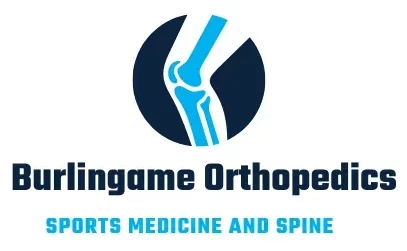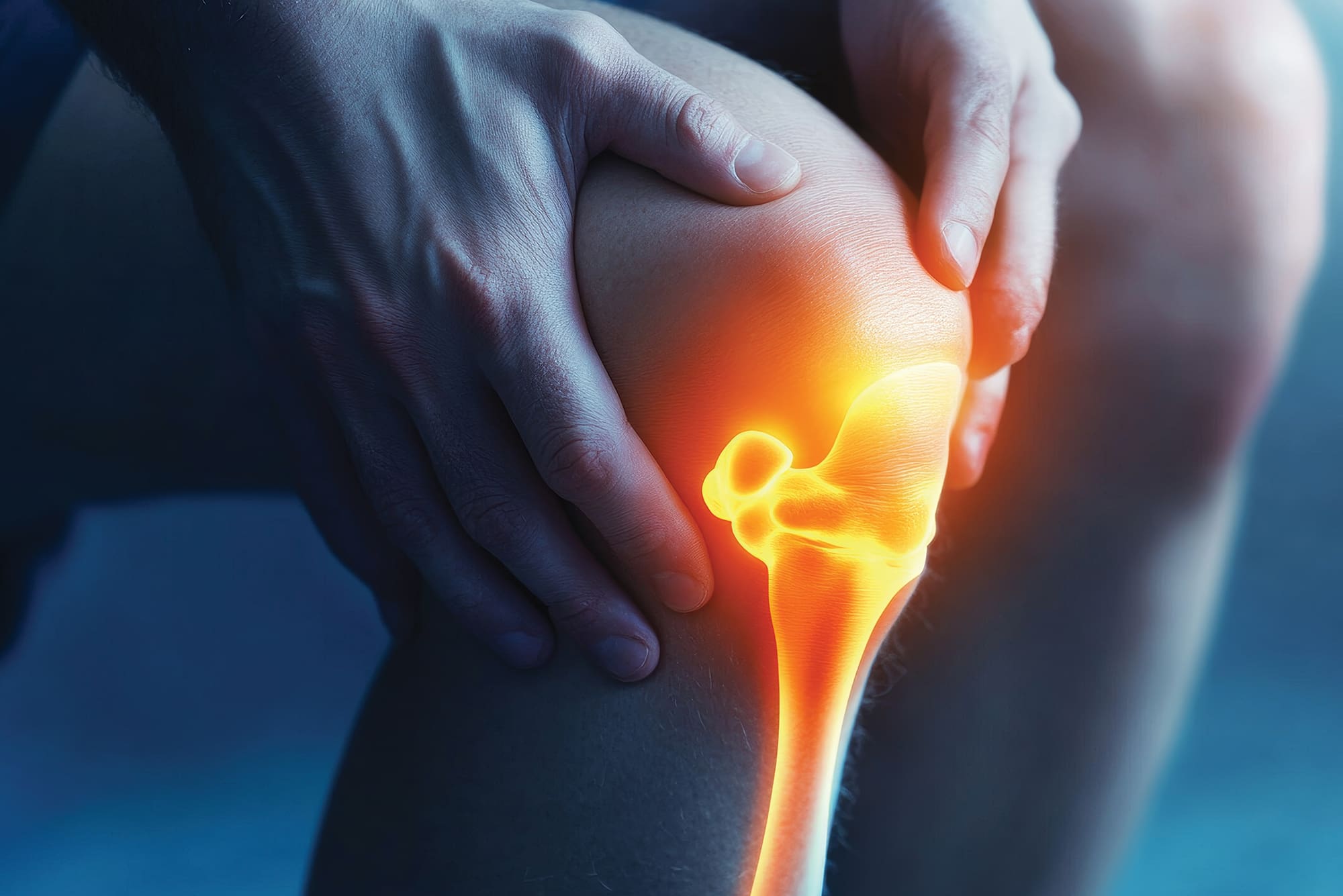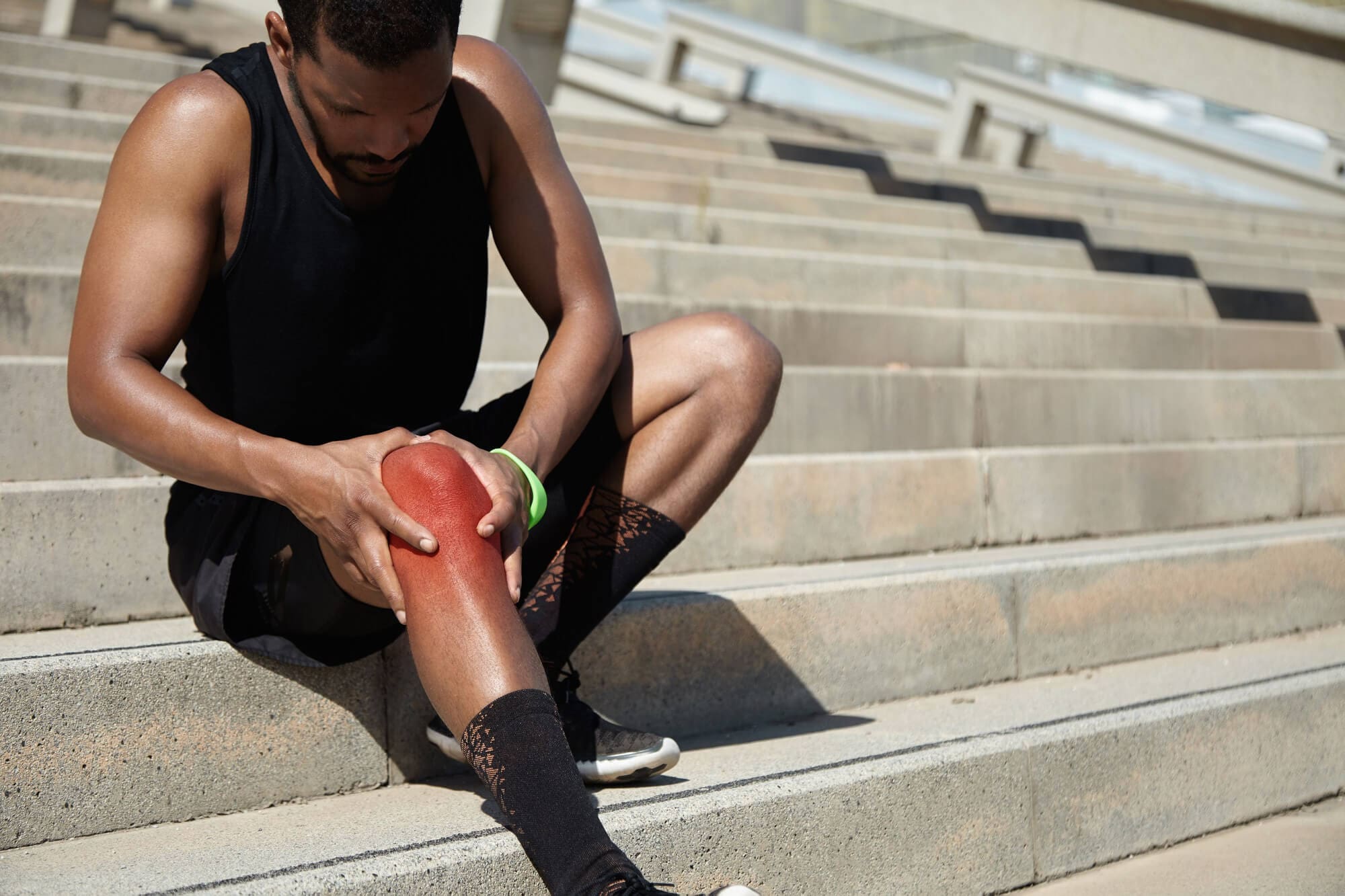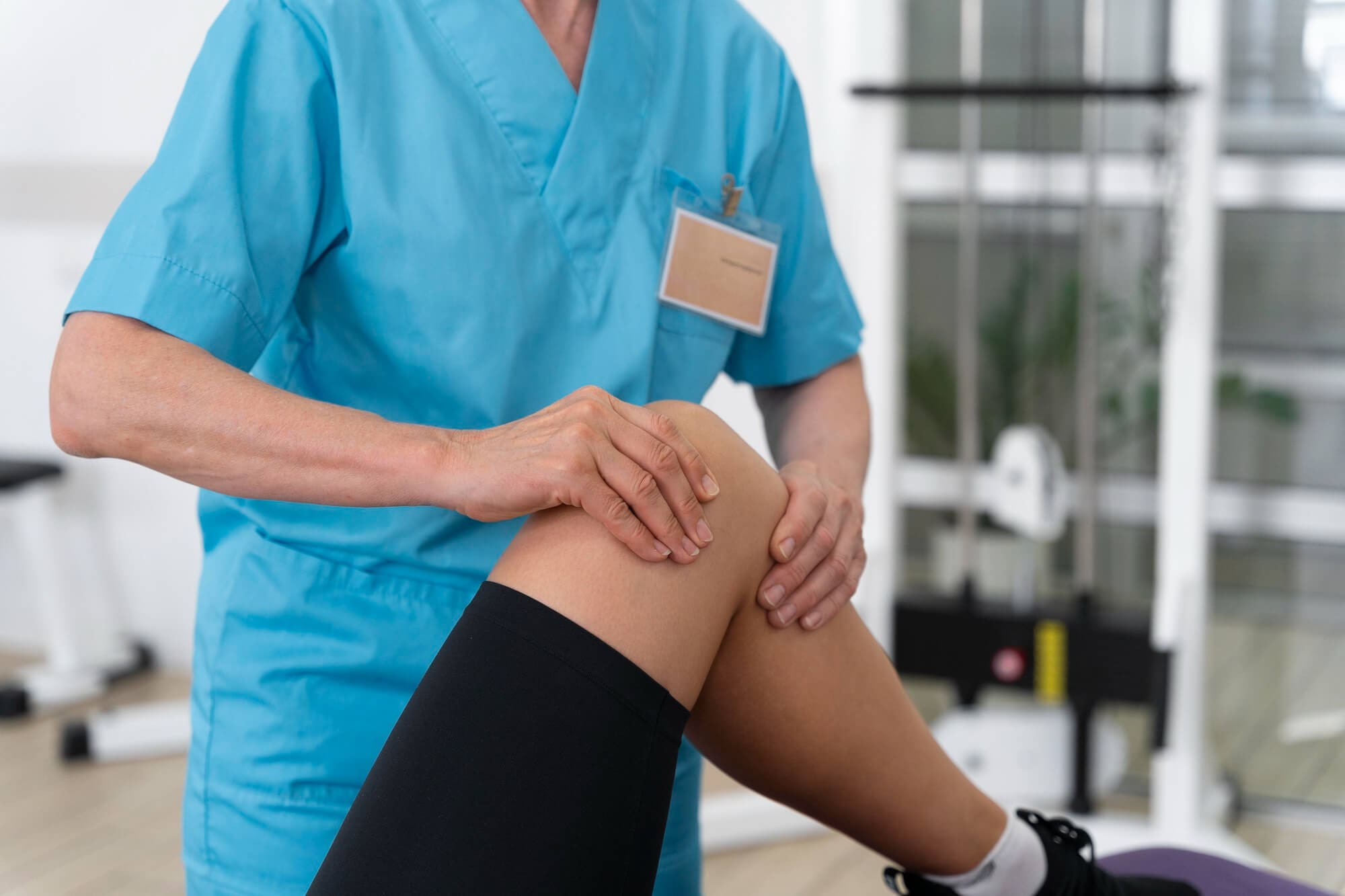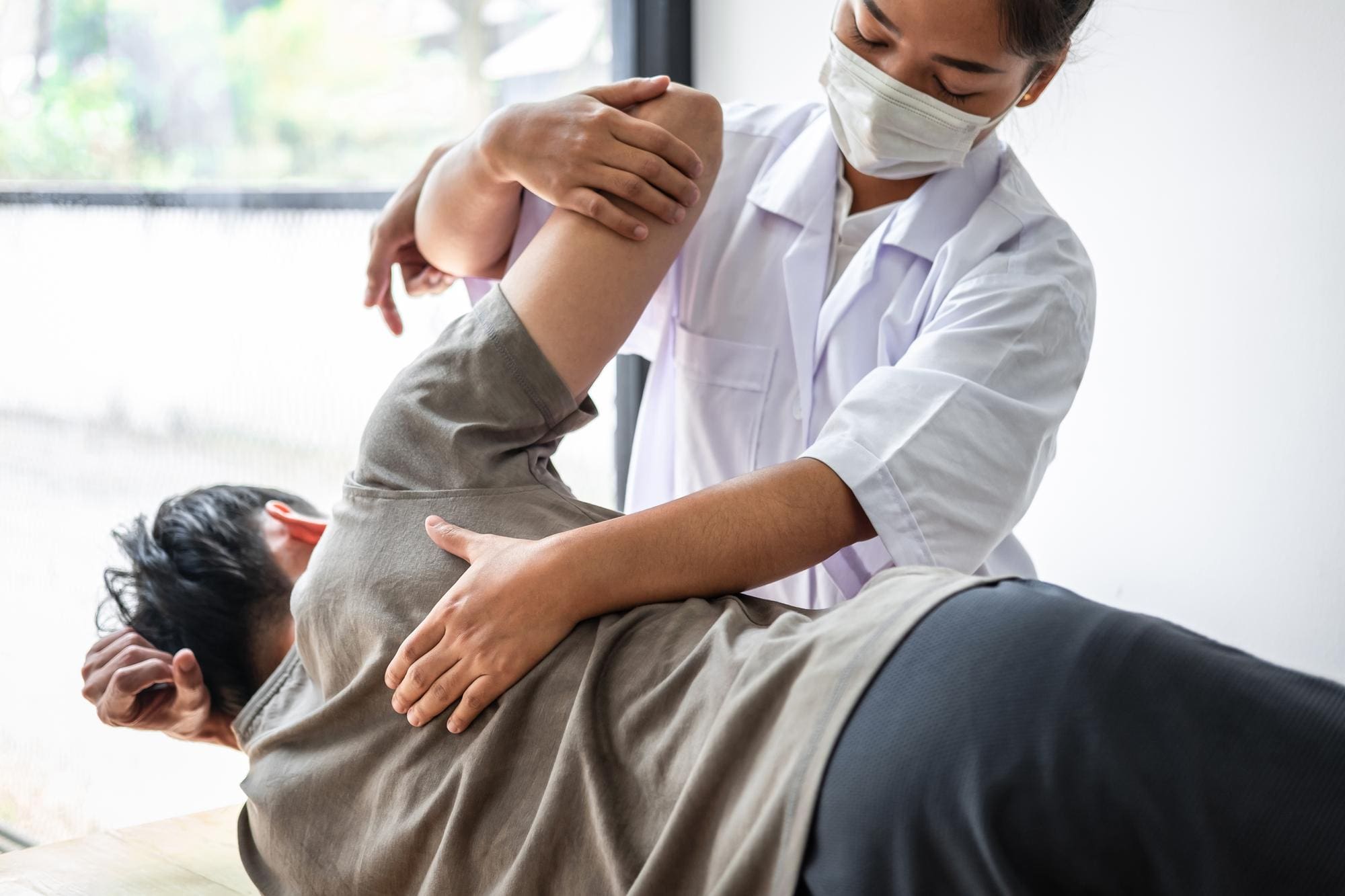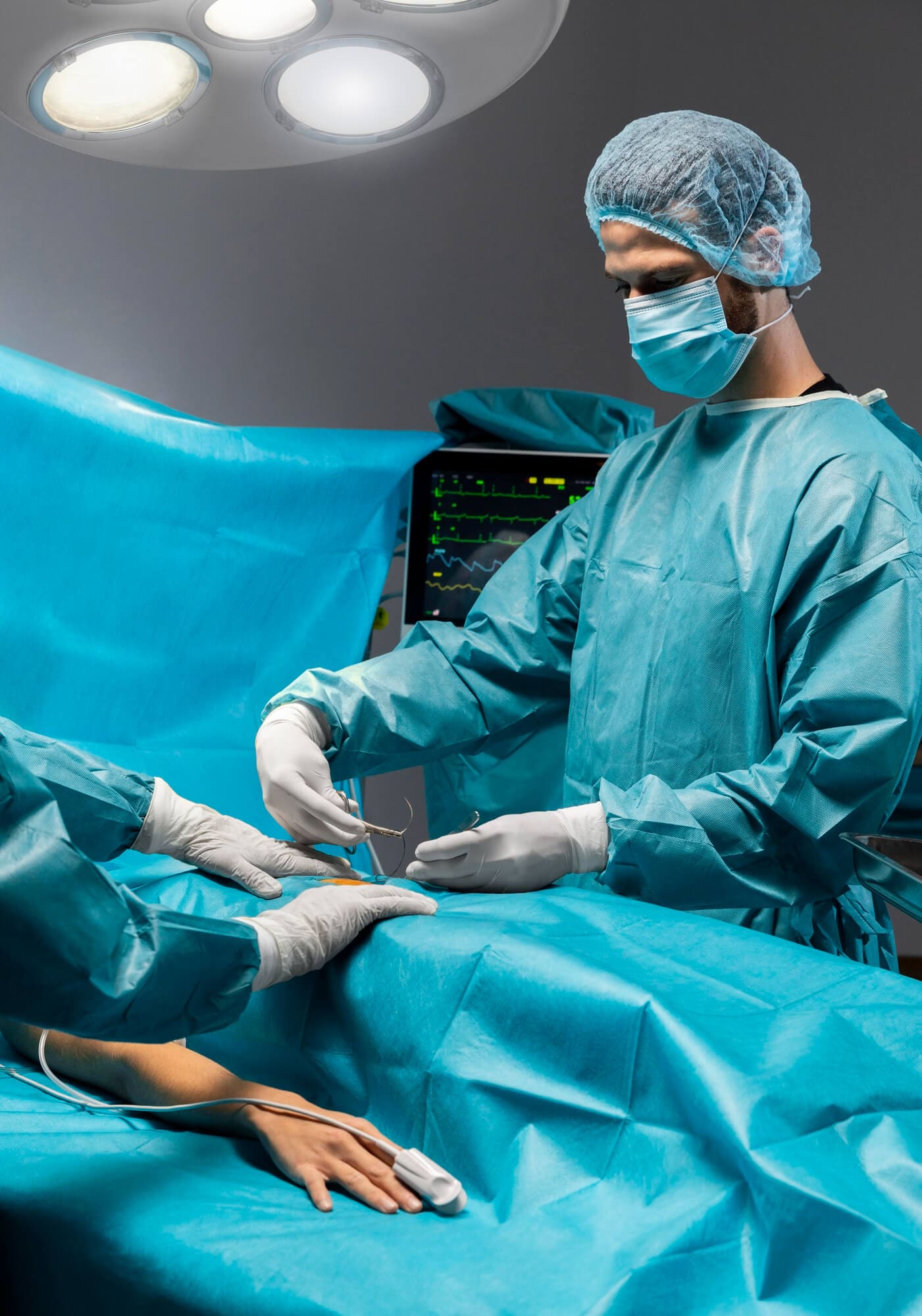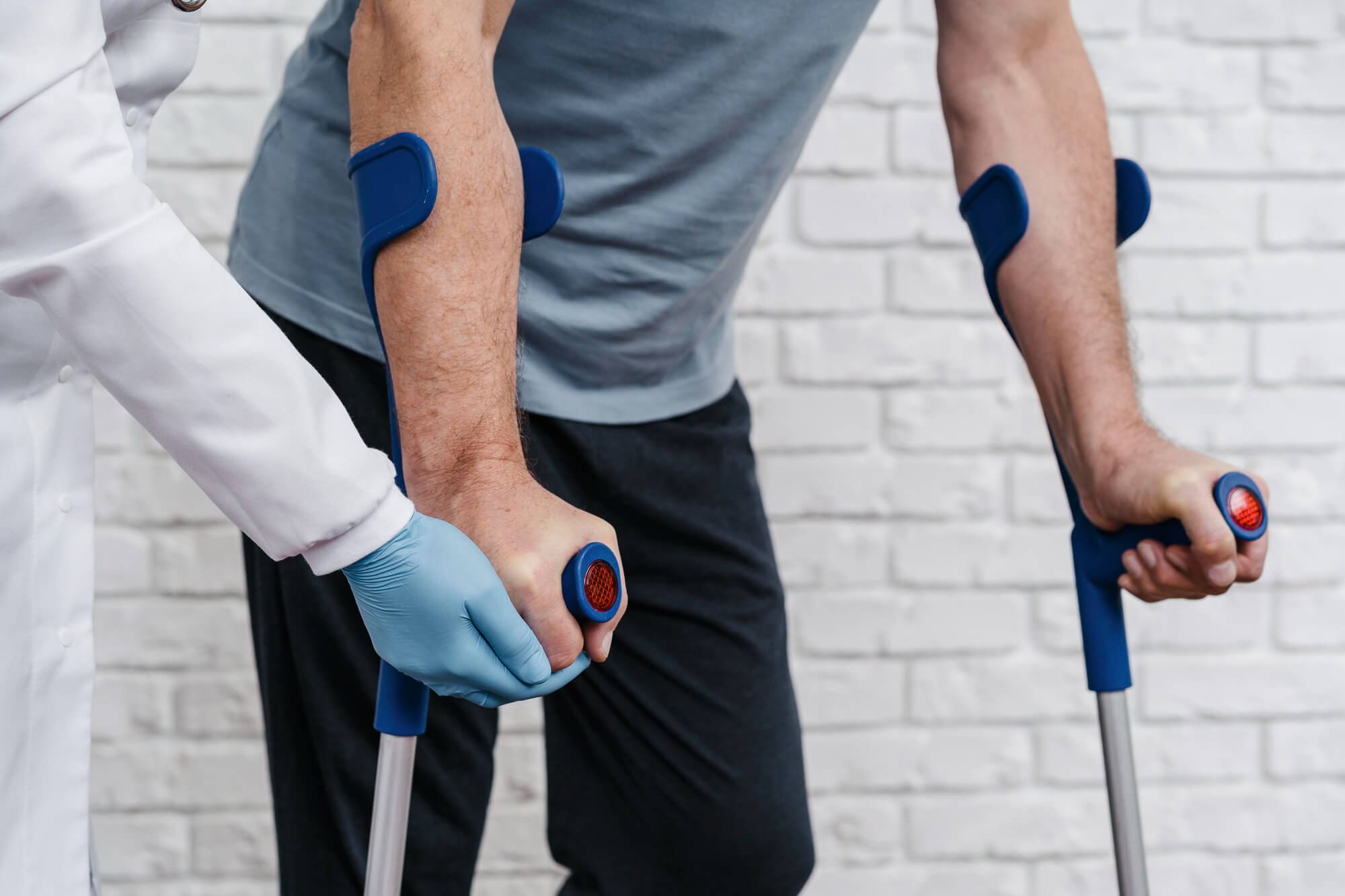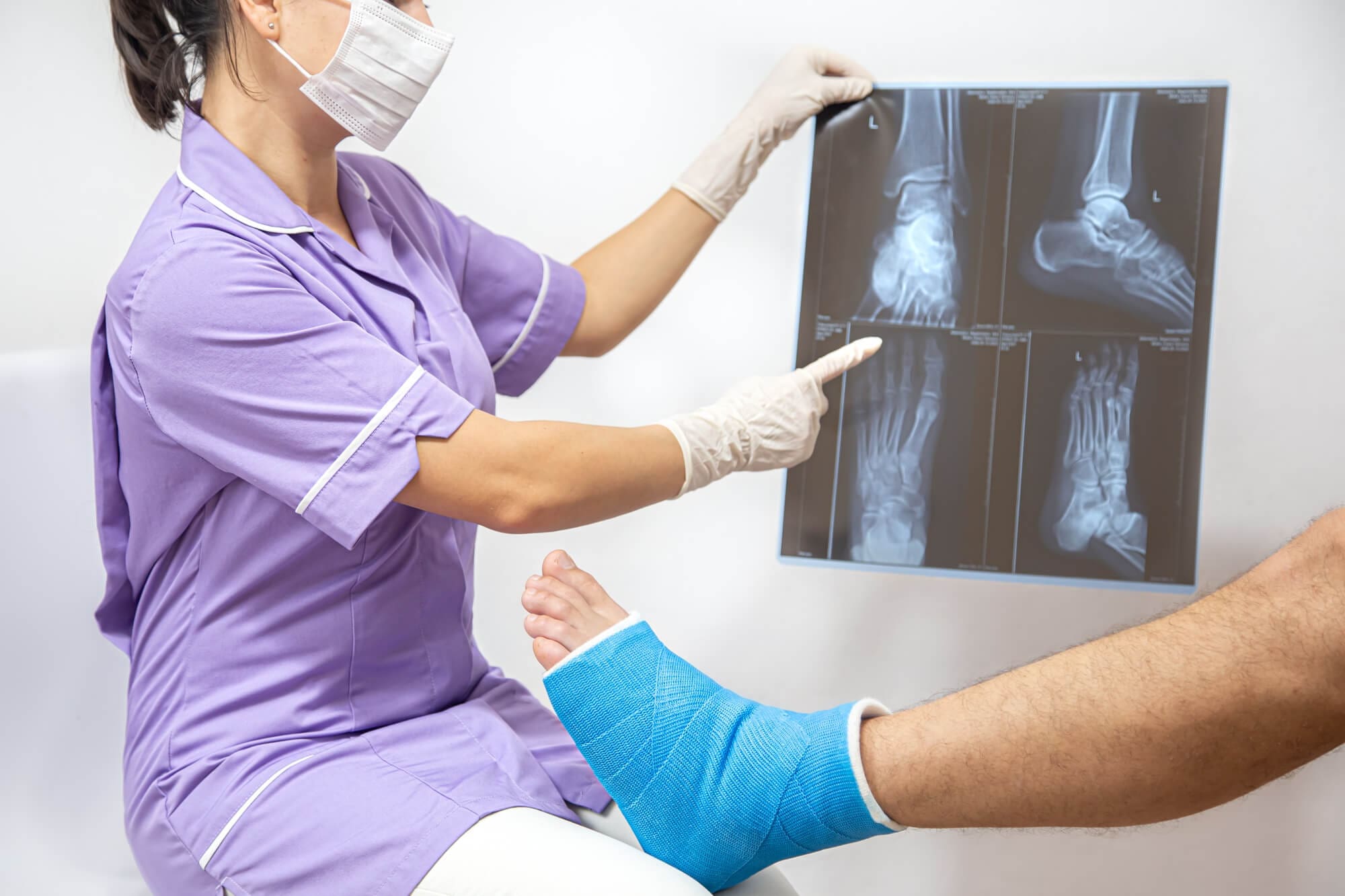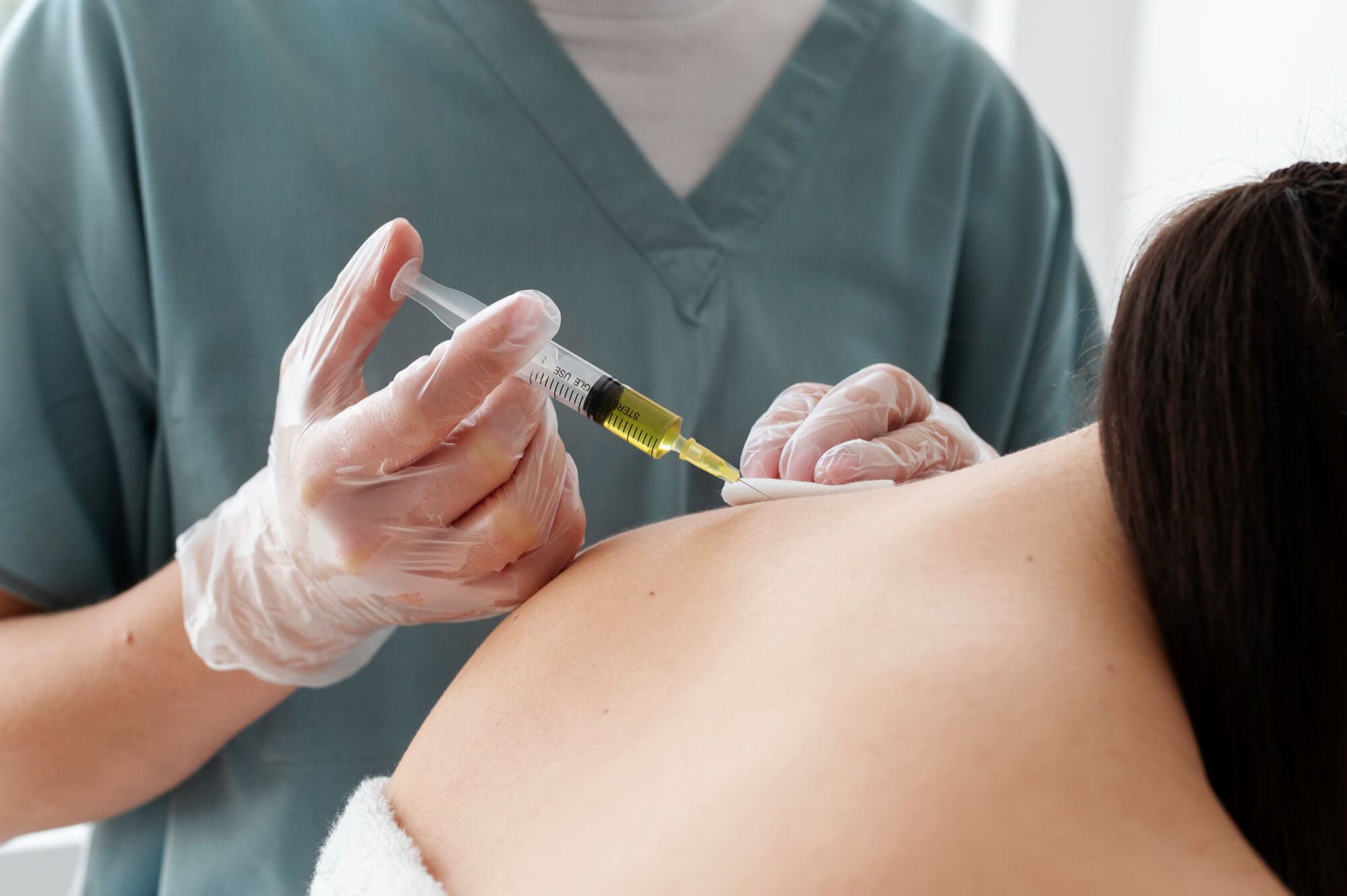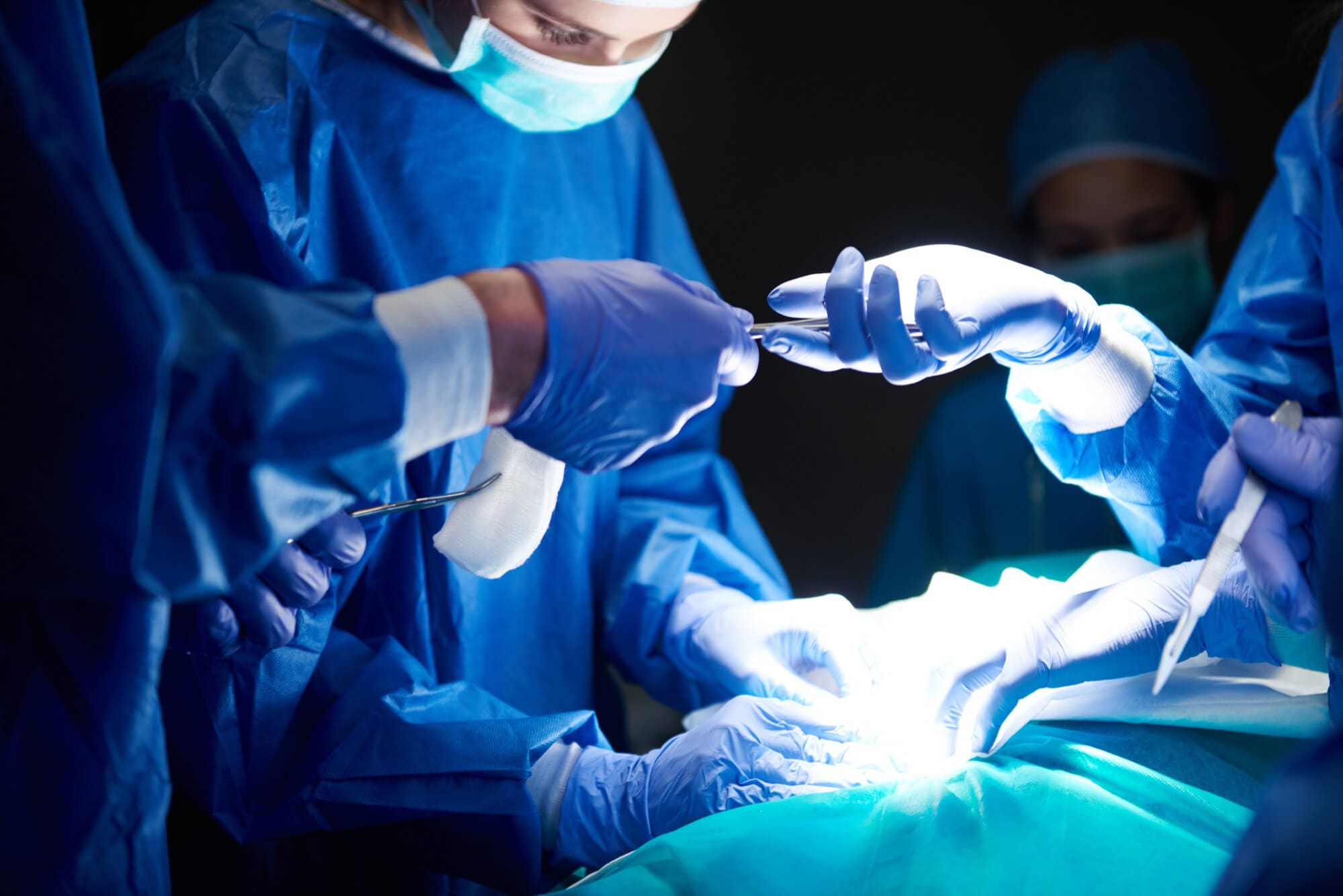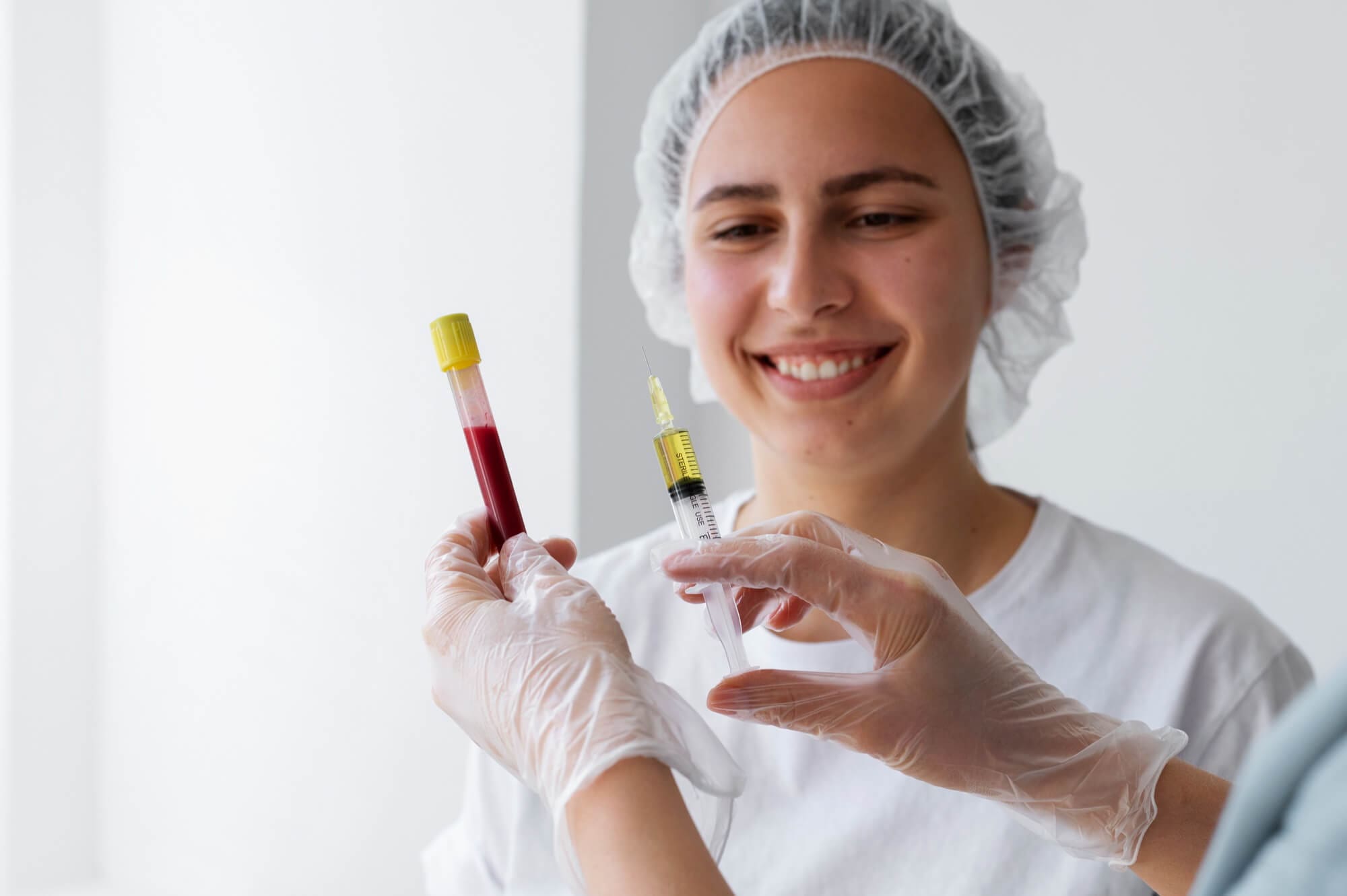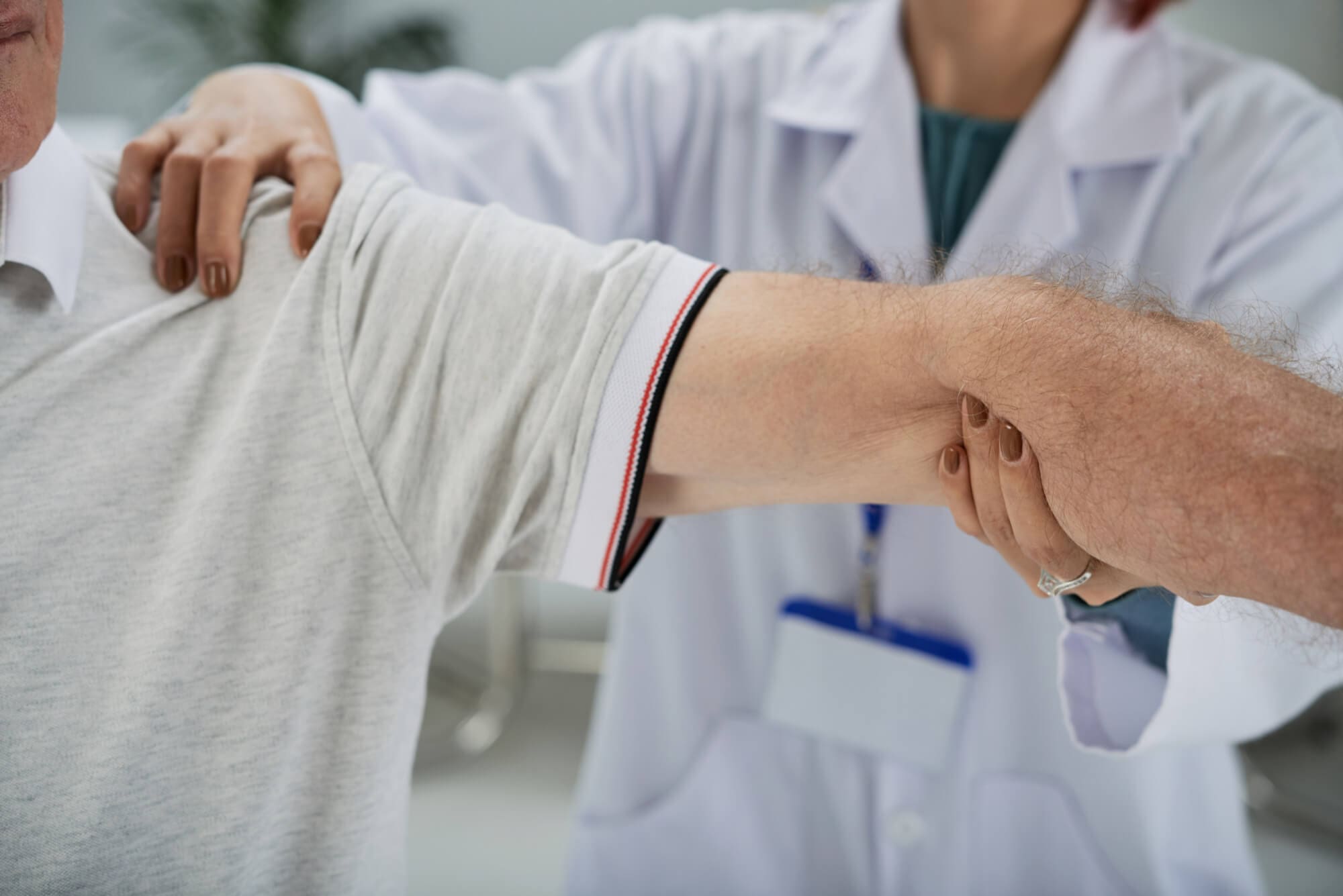
If persistent shoulder pain and limited range of motion interfere with your daily activities, shoulder replacement surgery may be the solution.
At Burlingame Orthopedics, our board-certified, fellowship-trained orthopedic surgeons specialize in advanced shoulder replacement procedures to relieve pain, restore mobility, and improve your quality of life.
Our team performs shoulder replacement surgery at multiple locations throughout the Peninsula and San Francisco. We offer shoulder replacement surgery in both hospital settings and ambulatory surgery centers (ASC) for patient convenience.
For inquiries, call (650) 692-1475 or request an appointment online.
Understanding Shoulder Replacement Surgery
The shoulder is a ball-and-socket joint that enables a wide range of motion. It consists of the upper arm bone (humerus), shoulder blade (scapula), and collarbone (clavicle).
The joint is stabilized by the rotator cuff tendons and surrounding shoulder muscles, which allow for smooth movement. However, conditions such as rheumatoid arthritis, severe shoulder fractures, rotator cuff injury, and joint damage from wear and tear can cause significant pain and mobility issues.
Shoulder replacement surgery, or shoulder arthroplasty, involves replacing the damaged joint components with artificial implants to restore function and relieve discomfort.
This procedure is an effective solution for individuals who have exhausted nonsurgical treatments, such as physical therapy exercises, cortisone injections, and anti-inflammatory medications but still experience severe pain and reduced mobility.
Who is a Candidate For Shoulder Replacement Surgery?
You may be a candidate for shoulder joint replacement if you experience:
- Severe pain that limits daily activities, such as dressing, reaching, or lifting.
- Restricted range of motion despite nonsurgical treatments.
- Chronic stiffness and weakness in the shoulder joint.
- Rotator cuff tears or shoulder fractures that impact joint stability.
- Progressive joint damage from arthritis, injury, or repetitive stress.
- Failed prior shoulder surgery, requiring revision surgery.
Types of Shoulder Replacement Procedures
At Burlingame Orthopedics, we offer several shoulder replacement options, tailored to each patient’s needs.
We utilize CT guidance to create a personalized plan for your shoulder replacement specific to your anatomy. Each shoulder replacement is planned and tailored for each patient to provide the best outcomes.
Total Shoulder Replacement
A standard procedure that replaces the ball-and-socket joint with a metal ball and a plastic socket to restore movement and relieve pain. This option is ideal for patients with intact rotator cuff tendons.
Reverse Shoulder Replacement
For patients with severe rotator cuff tears, a reverse shoulder replacement changes the joint’s mechanics by switching the positions of the ball-and-socket components. This allows the deltoid muscle to compensate for the damaged rotator cuff tendons, improving shoulder function and stability.
Partial Shoulder Replacement (Hemiarthroplasty)
Recommended when only the ball portion of the joint is damaged. The metal ball replaces the damaged portion while preserving the natural socket.
What To Expect During Surgery
Prior to surgery, you will receive preoperative instructions, which may include avoiding blood thinners, dietary supplements, and food intake the night before.
The procedure is performed under general anesthesia with a nerve block to ensure comfort.
During the 2-3 hour procedure:
- The surgeon makes an incision over the shoulder joint.
- Damaged portions of the ball-and-socket joint are removed.
- Artificial components are precisely fitted to ensure proper alignment.
- The incisions are carefully closed, and a dressing and sling are applied for stabilization.
- Patients are monitored in a recovery area before being discharged home, typically on the same day of surgery.
Recovery and Rehabilitation
Recovery time varies depending on the complexity of the procedure and the patient’s overall health. A structured physical therapy program is essential for regaining strength and range of motion.
First Few Days After Surgery
- The arm will be immobilized in a sling to protect the new joint.
- Pain and swelling are managed with medications and ice therapy.
- Light movements of the hand and wrist are encouraged to prevent stiffness.
- Blood thinners may be prescribed to reduce the risk of blood clots.
Weeks After Surgery
- Physical therapy begins with a physical therapist guiding you through gentle motion exercises.
- Progressive strengthening exercises improve flexibility and muscle support.
- Most patients can return to daily activities within 6-12 weeks, avoiding heavy lifting and repetitive overhead motions.
Long-Term Recovery
- Full recovery may take several months, depending on the type of replacement and adherence to physical therapy exercises.
- Patients often regain near-normal range of motion, allowing them to resume recreational and occupational activities.
Recovery Timeline
| Recovery Phase | Timeframe | What to Expect |
| Immediate Post-Surgery | First 24 hours | Pain management begins with medications and icing. The arm is immobilized in a sling. |
| Early Recovery | Days 1-7 | Light movements of the hand and wrist encouraged. Pain and swelling decrease. |
| Weeks After Surgery | 2-6 weeks | Physical therapy begins with gentle motion exercises. Patients gradually regain range of motion. |
| Mid-Term Recovery | 6-12 weeks | Strengthening exercises continue. Most patients resume light everyday activities. |
| Long-Term Recovery | 3-6 months | Patients return to normal activities with minimal discomfort. Continued strengthening exercises. |
| Long-Term Recovery | 6-12 months | Maximum improvement in shoulder function. Implants should function well for many years. |
Why Choose Burlingame Orthopedics?
Our board-certified orthopedic surgeons have extensive expertise in shoulder replacement procedures and complex shoulder conditions.
- Comprehensive Treatment Approach: We offer a full spectrum of care, from nonsurgical treatments to advanced shoulder replacement surgery, ensuring the best solution for each patient.
- Convenient and Accessible Care: With same-day and next-day appointments, we provide timely consultations and evaluations to address your concerns quickly.
- On-Site Imaging for Faster Diagnosis: Immediate X-rays and diagnostic tools allow for efficient assessment and personalized treatment planning.
- Customized Recovery Plans: Every patient receives an individualized rehabilitation program, incorporating physical therapy and targeted exercises to restore mobility and strength.
At Burlingame Orthopedics, our highly skilled team is committed to helping you regain shoulder function and improve your quality of life through expert care. Our providers include:
Our collaborative team ensures that every patient benefits from the highest standard of care, whether through conservative treatments or advanced surgical solutions.
Schedule Your Appointment
Take the next step toward relieving shoulder pain and restoring mobility. Contact Burlingame Orthopedics to schedule a consultation and discuss whether knee replacement surgery is right for you.
To book an appointment at our orthopedic and sports medicine clinic in Burlingame, CA, call (650) 692-1475 or request an appointment online.
Conveniently Located for Easy Access
- Across the street from Mills Peninsula Hospital
- Private parking lot for hassle-free visits
- Easily accessible by Caltrain and local bus routes
FAQs About Shoulder Replacement Surgery
What is shoulder replacement?
Shoulder replacement is an orthopedic surgery that replaces damaged tissues in your shoulder joint with artificial parts. This procedure is sometimes needed if conservative treatments don’t reduce your discomfort.
Partial shoulder replacement replaces part of a damaged shoulder joint. Total shoulder replacement surgery replaces all parts of your natural shoulder joint with artificial parts. Reverse shoulder replacement (reverse implants vs. anatomical implants) is an option too.
Who is a candidate for shoulder replacement?
You could be a candidate for shoulder replacement surgery if you have severe or constant shoulder discomfort and other treatments haven’t eased your pain. You might have shoulder stiffness, weakness, and tenderness that diminish your quality of life.
Other reasons for shoulder replacement include age-related wear, osteoarthritis, rotator cuff injuries, rheumatoid arthritis, fractures, and conditions that affect blood flow to your shoulder bones.
What should I expect after the procedure?
After shoulder joint replacement, you must immobilize your shoulder so that you can’t move it during healing. Take medication as directed and follow up with the Burlingame Orthopedics team to ensure proper healing. Attend physical therapy sessions to maximize your results, including improved strength, increased range of motion, less pain, and a better quality of life.
